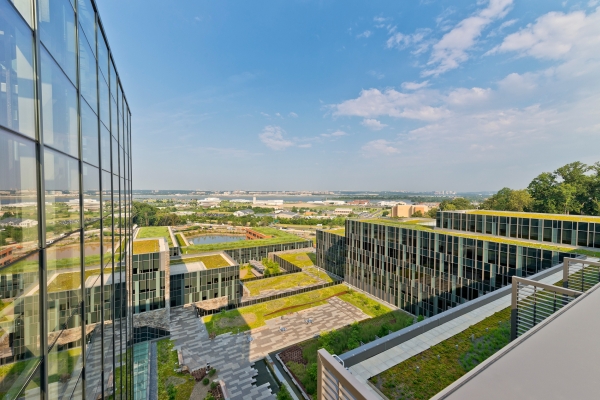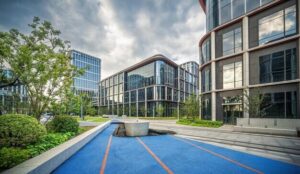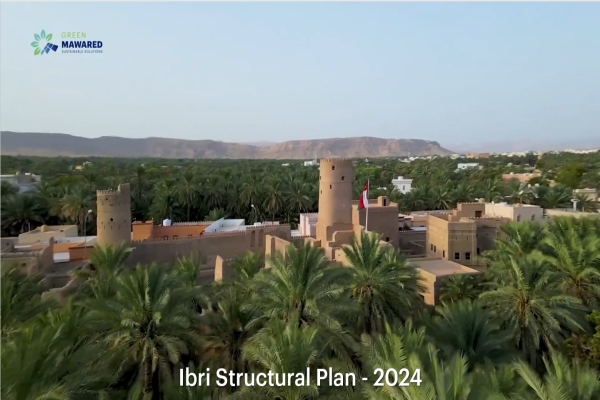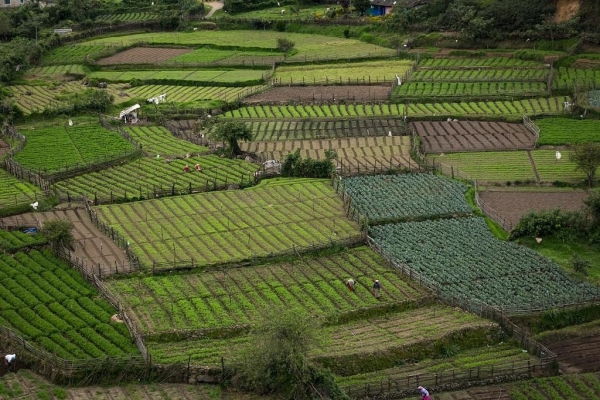Why Meeting Green Standards Isn’t Sustainable Enough
- March 11, 2025
- 4 minutes

In today’s era of environmental consciousness, sustainable building practices and green certifications have become the gold standard for new developments. However, a crucial question emerges: Is meeting sustainability benchmarks sufficient to create truly beneficial projects for communities? The evidence suggests otherwise.
The Gap Between Sustainability Metrics and Community Vitality
While sustainable performance metrics serve as valuable guidelines, they often fall short in addressing the complex relationships between developments and their surrounding communities. A project can achieve impressive sustainability credentials – LEED certification, net-zero emissions, and other environmental benchmarks – yet still fail to contribute meaningfully to local community wellbeing.
Consider, for example, a modern sustainable office complex. It might feature state-of-the-art solar panels, efficient water management systems, and recycled building materials. However, if it creates traffic congestion, disrupts local business patterns, or fails to integrate with the neighborhood’s cultural fabric, it may actually diminish the community’s overall quality of life.

The Missing Link: Systems Thinking
The limitation of purely functional sustainability goals lies in their narrow focus. Traditional metrics typically measure isolated outcomes: energy efficiency, water conservation, or waste reduction. While these are important considerations, they don’t capture the broader impact on living systems and community dynamics.
A more comprehensive approach requires understanding that every development exists within a complex web of social, economic, and environmental relationships. This systems-thinking perspective reveals that true success extends beyond meeting environmental benchmarks to include:
Cultural Integration: How well does the project align with local community values and traditions?
Economic Harmony: Does it support or disrupt existing local business ecosystems?
Social Connectivity: How does it affect community interactions and relationships?
Temporal Considerations: What are the long-term implications for community development?
Moving Toward Regenerative Development
The solution lies in shifting from purely sustainable to regenerative development practices. Regenerative development goes beyond minimizing environmental impact to actively contributing to the health and vitality of local systems. This approach requires:
Comprehensive Community Assessment: Understanding the existing patterns and needs of the local community before design begins
Stakeholder Engagement: Involving community members in the planning process from the outset
Adaptive Design: Creating flexible solutions that can evolve with changing community needs
Holistic Success Metrics: Developing evaluation criteria that include both environmental and community impact measures
True environmental and social responsibility requires looking beyond isolated metrics to understand how developments can contribute positively to community vitality and evolution. This broader perspective helps ensure that our sustainable projects don’t just minimize harm but actively contribute to the flourishing of both natural and human communities.
#RegenerativeDevelopment #UrbanDevelopment #BeyondSustainability #UrbanPlanning #Agriculture










